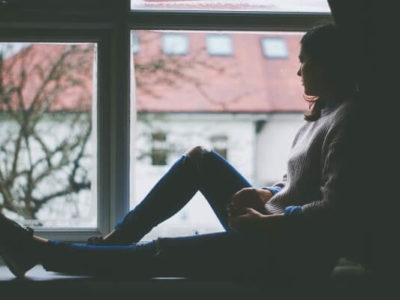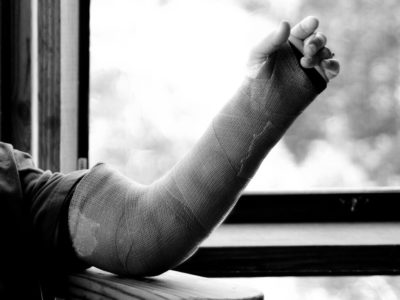September had arrived. A new chapter was beginning, and Paige Matsuda was eager to start. She loaded up her belongings and began the 17-hour journey from her home in Yucaipa, California, to Walla Walla University in Washington. College started out fantastically—the weather was warm, the friends were infinite and the future looked promising. Once Matsuda began settling into classes, however, her optimism followed the pattern of the sun and disappeared. When every day is one big, gray cloud, students struggle to stay afloat.
Seasonal affective disorder (SAD) is characterized by symptoms of depression and anxiety that are typically only present during the dark, winter months. SAD is most common in young adults and most prevalent in colder climates. Because WWU is located in the Pacific Northwest, a region famous for its dark weather, SAD is a common condition on campus that interferes with students’ motivation.
Matsuda was unaware that her symptoms aligned with those of SAD. “All I knew was that I wasn’t myself when I was at WWU,” Matsuda said. When she transferred back to the community college near her home, she realized her depression was likely a result of the seasonal gloom in College Place, Washington. According to Psychology Today, Matsuda is only one of approximately 10 million Americans to experience SAD.
WWU associate dean of men Jon Nickell has a master’s degree in counseling psychology and sees symptoms of SAD throughout the dorms every winter. “It’s always going to be more of an issue in areas like this where you can go days without seeing the sun,” Nickell said. “Students don’t know what it is or what to do about it, so they struggle through the winter without getting the help they need.”
How can college students combat a disease that often goes unrecognized and untreated? WWU sophomore Matthew Kim noticed a pattern of sluggishness and exhaustion during his first winter at WWU. Kim suspected that something bigger was going on, and he began taking vitamin D pills to compensate for the lack of sunlight. According to Kim, the pills claim to have a number of benefits. Not only do they increase bone health and the immune system, but they boost the production of neurotransmitters, such as dopamine and serotonin, that improve overall mood. The vitamin D supplements helped Kim gain enough motivation to keep up with his classes and work responsibilities during the melancholy months.
Caleb Pudewell, who attended college in the Walla Walla Valley, started experiencing symptoms of SAD long before college began. When the clouds rolled in and encircled the sun, he stayed inside where light could be controlled. “One of my friends began light therapy and that’s when I realized there might be options for me as well,” Pudewell said. Light therapy requires a patient to expose himself to a special light bulb each day that emulates natural sunlight. These special lights decrease the secretion of melatonin, allowing the sufferers of SAD to gain more energy throughout the day.
Treatment options are out there, but they can only be utilized if parents, peers and educators look out for signs of SAD in the people around them.



















